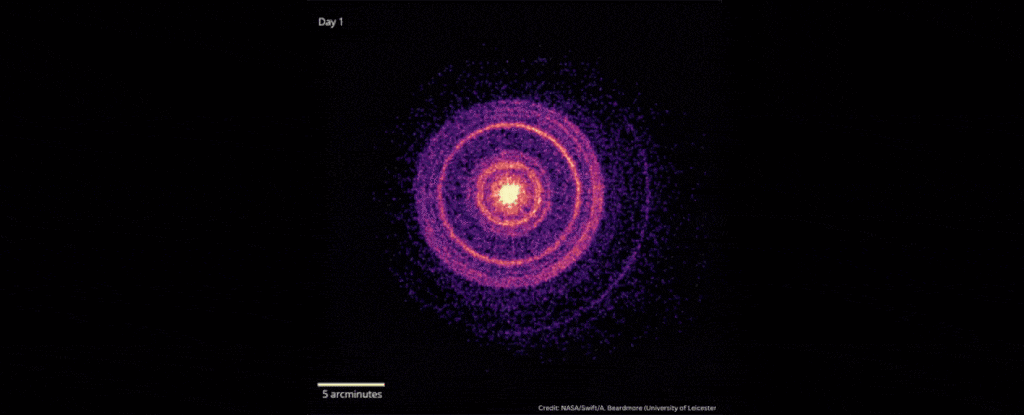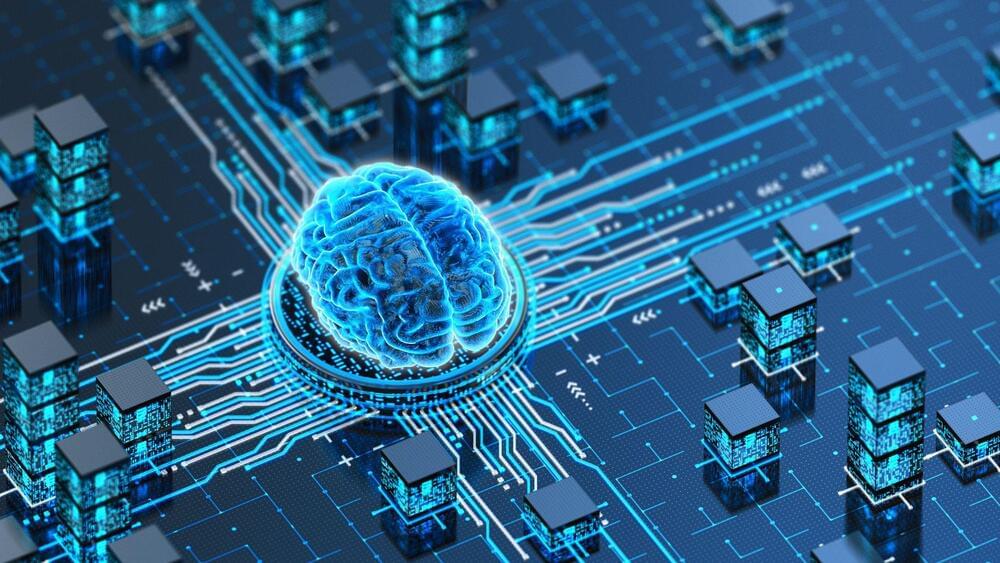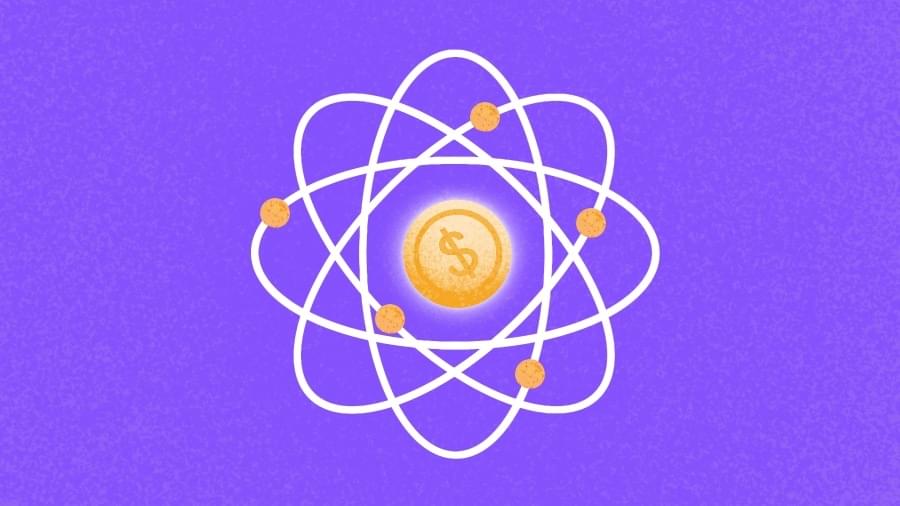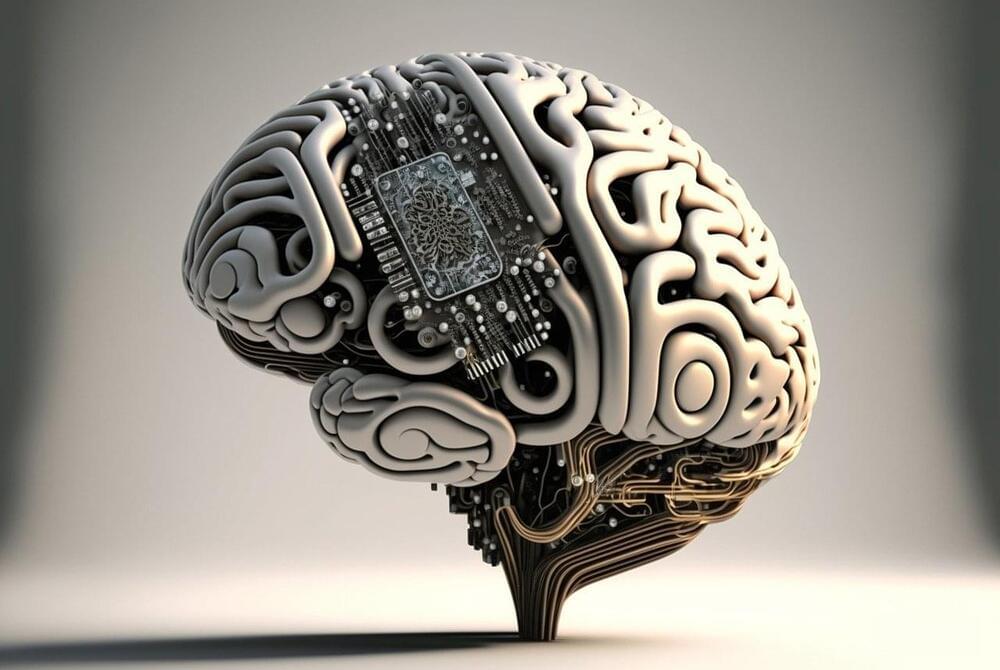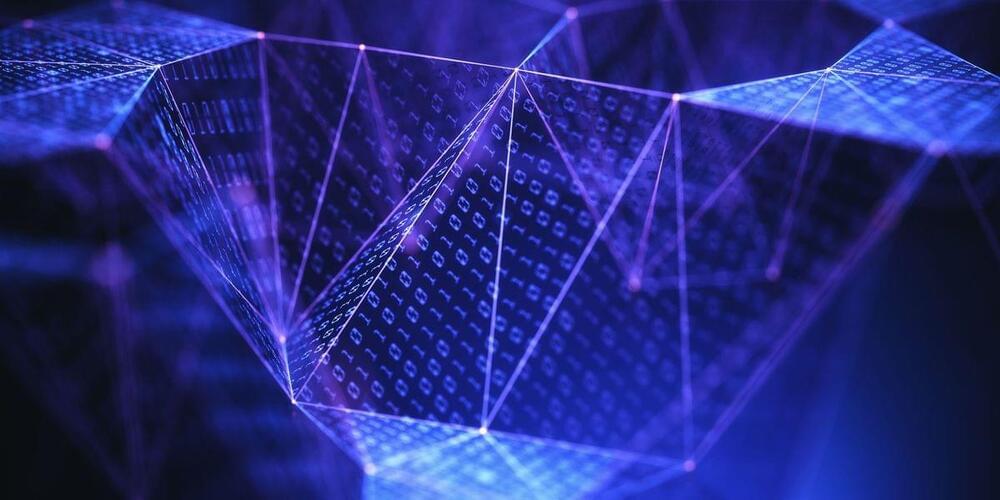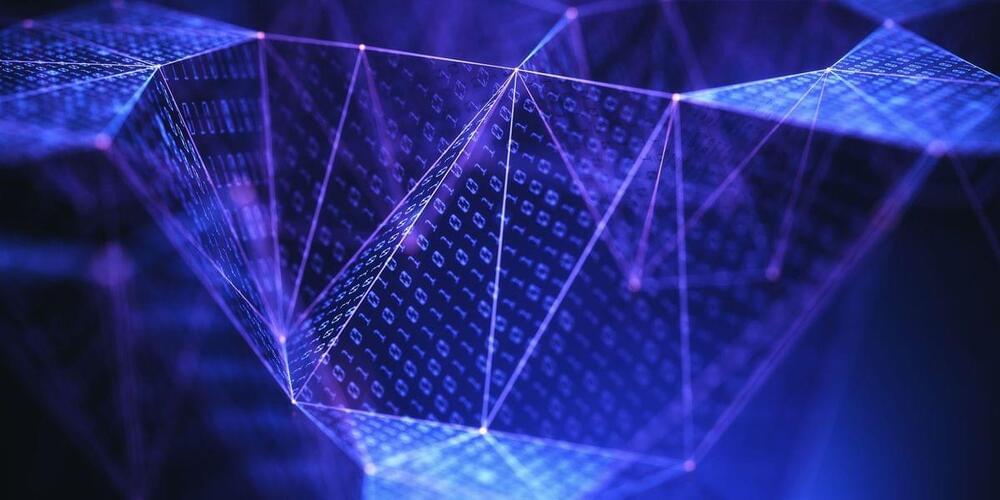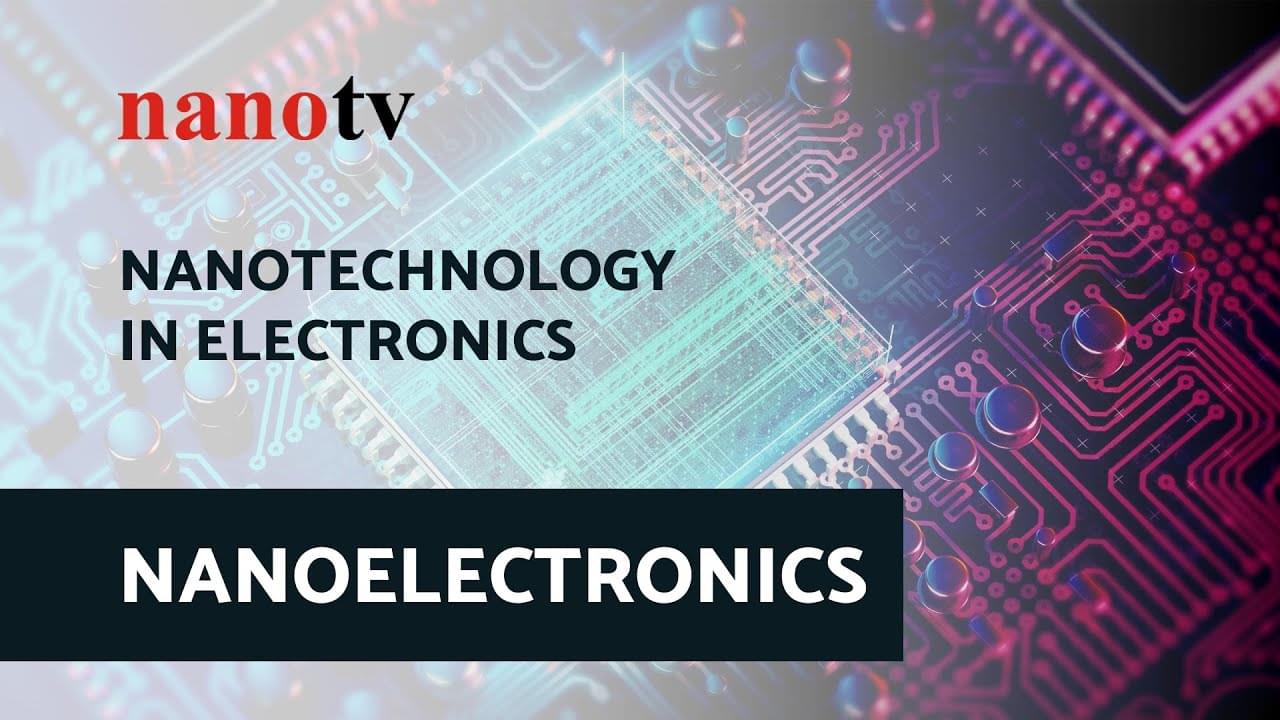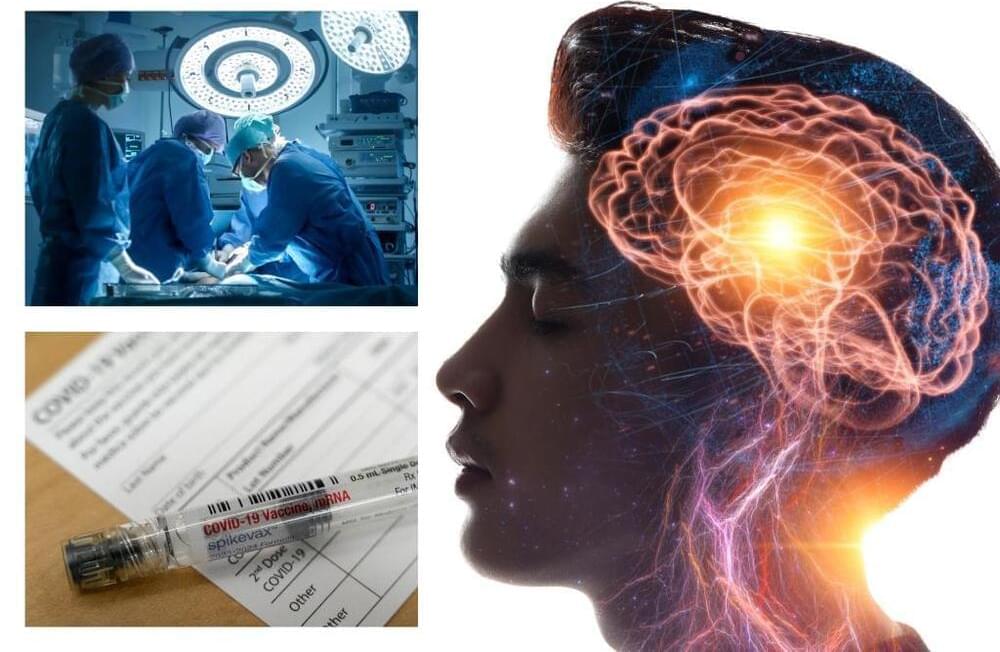Aug 6, 2024
Signal Buried in Biggest Explosion Ever Seen Hints at Total Annihilation
Posted by Shubham Ghosh Roy in category: existential risks
Every now and again, the night sky lights up with a spectacular explosion that blazes with the most energetic light our Universe can produce. Known as gamma-ray bursts, they can release in a few seconds what our Sun will emit over its lifetime.
Now scientists have found a never-before-seen signal buried in the spectrum of electromagnetic radiation delivered by the brightest gamma ray burst ever recorded.
That signal is an emission light – a bright region in the gamma-ray spectrum produced by something emitting light in that specific wavelength range. And that something, scientists have determined, is complete and utter destruction: the mutual annihilation of electron-positron pairs, matter and its antimatter counterpart.
